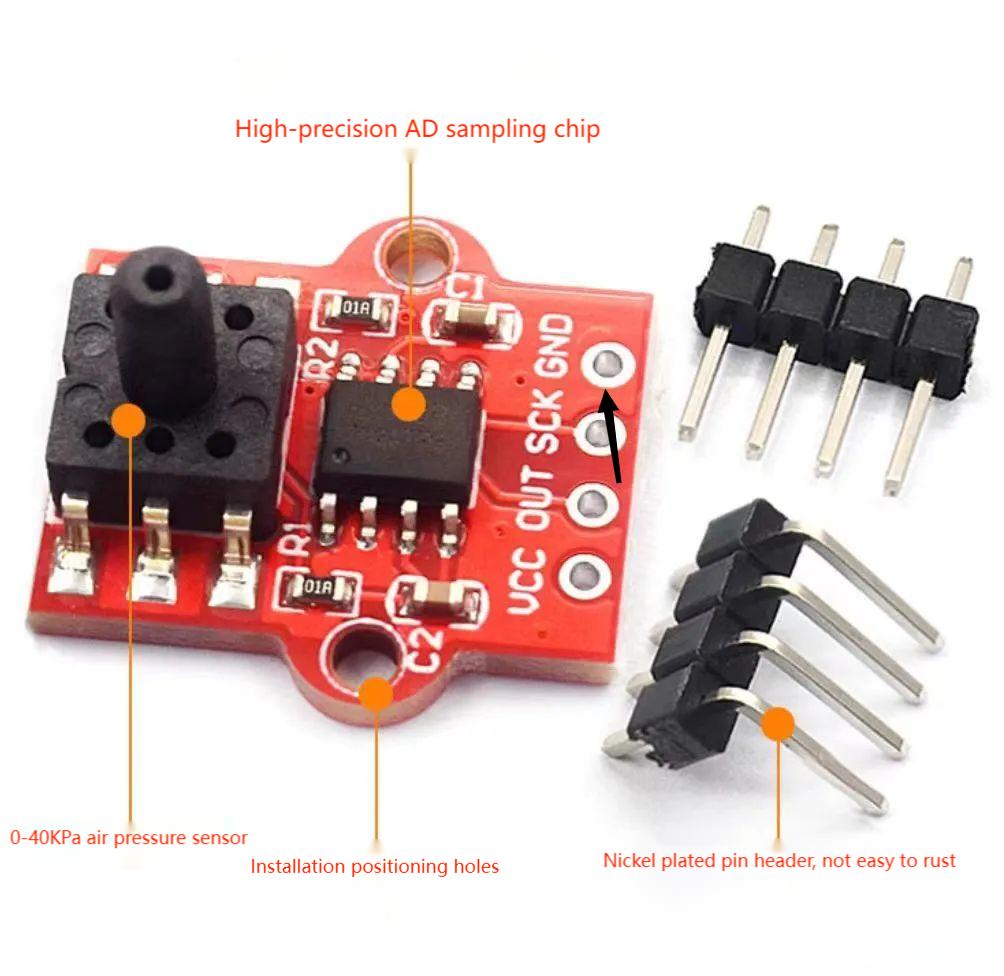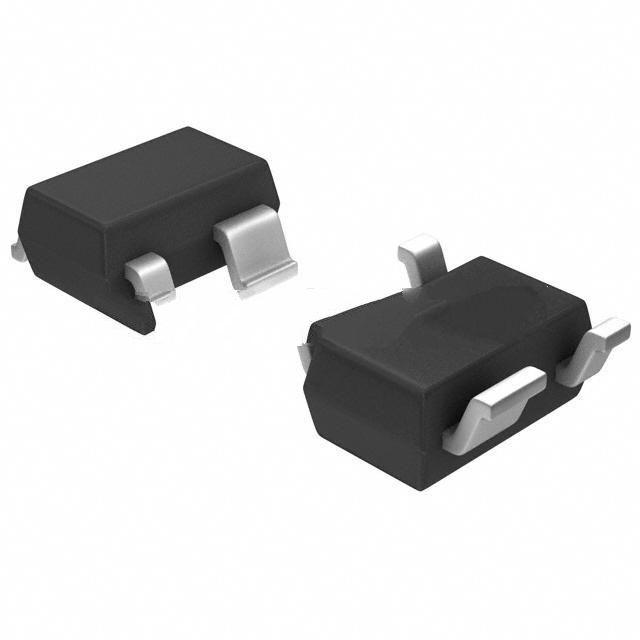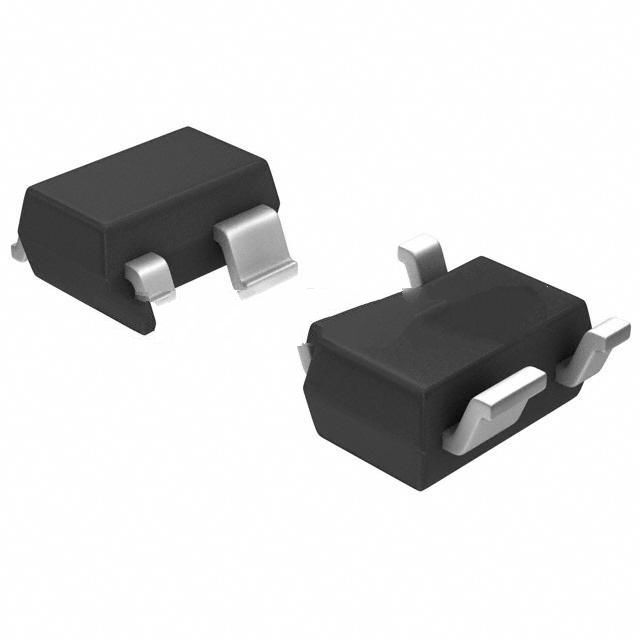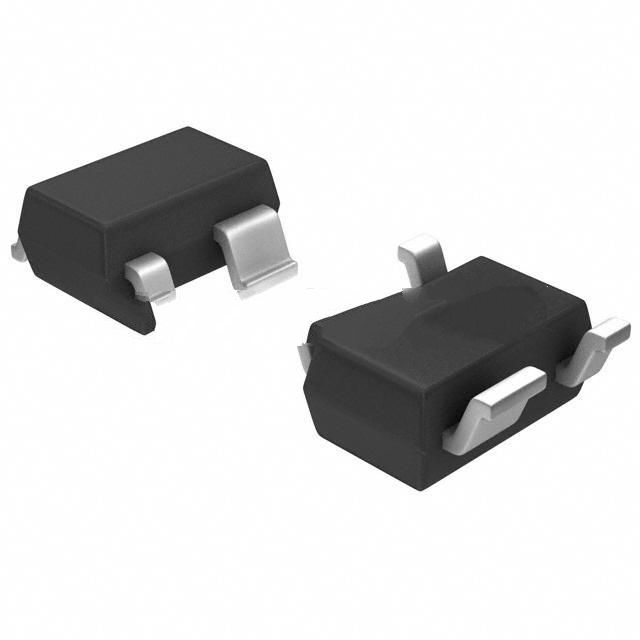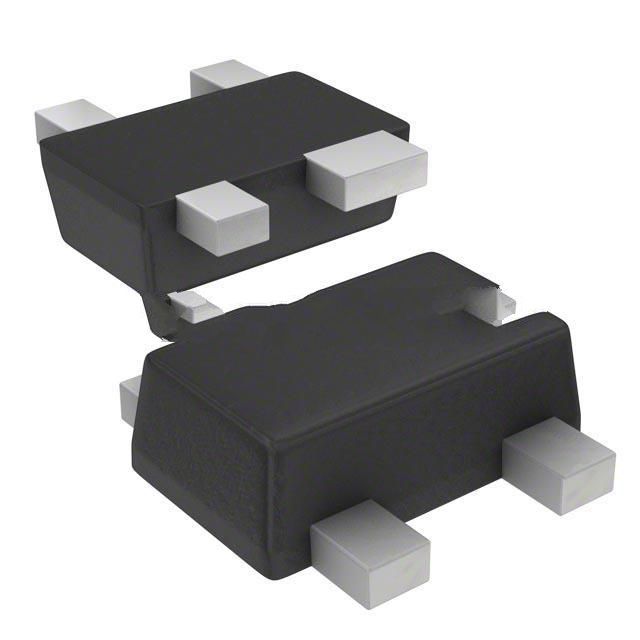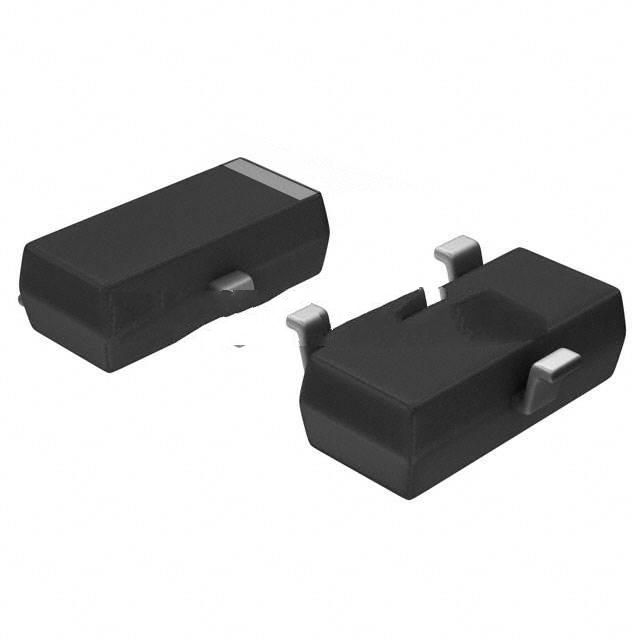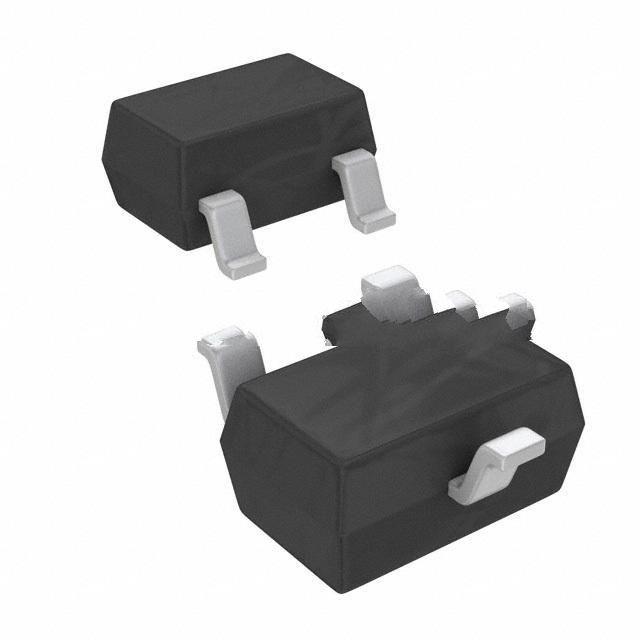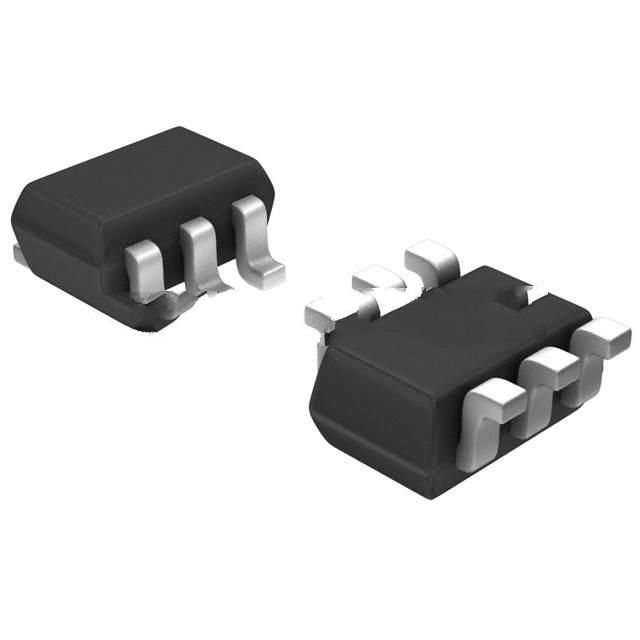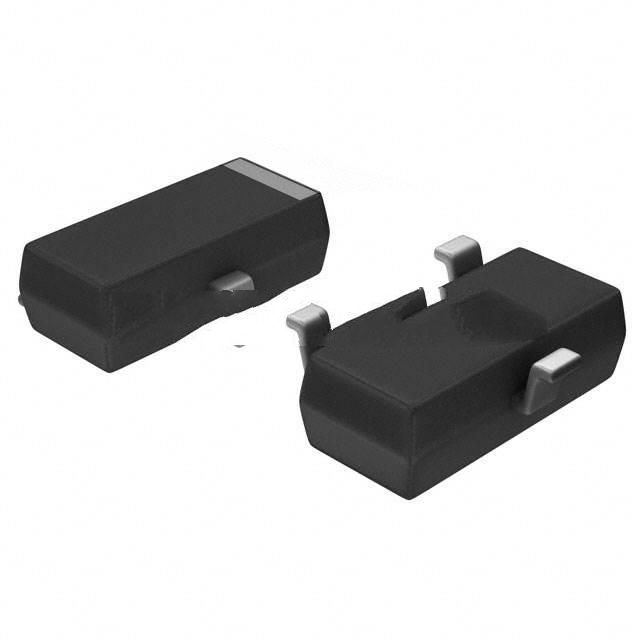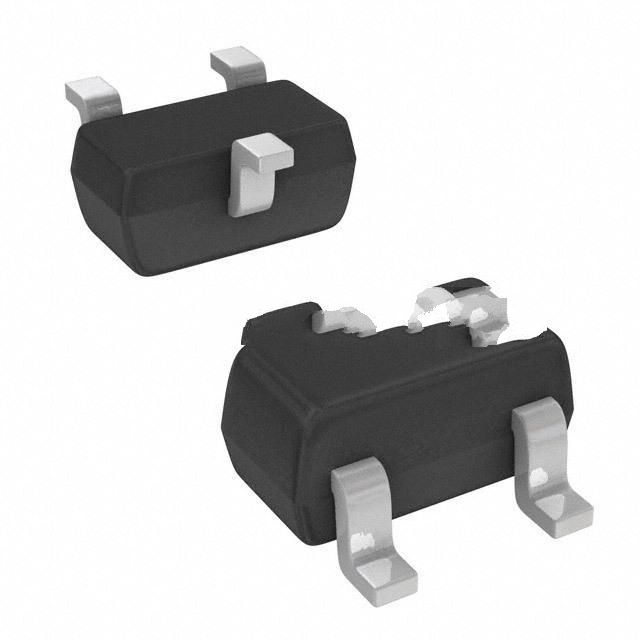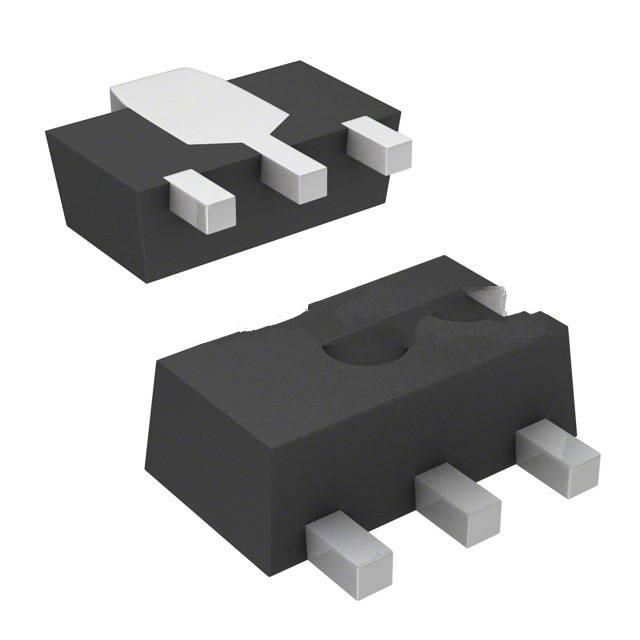UAV flight control system composition, working principle and future development trends
-250x250.png)
UAV flight control system composition, working principle and future development trends
The core technology of UAVs is concentrated in three aspects: overall technology, power system and flight control technology, which together determine some important technical indicators such as flight altitude, range, flight time, speed, load and so on. In UAVs, the function of the flight control system is to control the attitude and altitude of the UAV, and determine the trajectory and route of the UAV when flying. It is the key for the UAV to complete various tasks. A complete UAV flight control system consists of a flight control computer, attitude sensor, radio altimeter, etc. Its core is the aircraft control algorithm.
So, what parts does the UAV flight control system consist of?
The flight control system, referred to as the flight control system, is a component that controls the flight attitude and direction of movement of the UAV. It is the core system for the UAV to complete the entire flight process such as takeoff, air flight, mission execution, and return to the site for recovery. It is also called autopilot. This is one of the fundamental reasons why UAVs are different from model aircraft. In fact, the flight control system of a drone is equivalent to the pilot of a manned aircraft and is the key to the mission of the drone.
1. Components
1. Flight controller
As the core of UAV flight motion control, it must complete the conversion between the two major input parameters and output parameters of the aircraft attitude and position, and at the same time, it must also meet the response speed to control instructions and the stability of the aircraft control under various external interference conditions. System integration as required.
2. Attitude sensor
Currently, inertial navigation systems, barometric navigation systems and laser gyroscopes are commonly used. In order to improve the control stability of the aircraft, gyroscopes and accelerometers are usually used to form a composite gyro structure, which ensures the aircraft's attitude tracking capability and the aircraft's ability to fly smoothly along a given trajectory in various complex attitudes.
3. Altimeter
The altimeter is mainly used to detect and calculate the high-precision position information of the drone in the air. It is usually designed using a three-axis digital gyroscope plus a three-axis digital combination.
4. Aircraft control algorithm software
The flight control system is a quite complex nonlinear system, which involves a large number of variable parameters that have an important impact on the optimization of the aircraft control algorithm and improvement of accuracy performance, such as attitude angle, speed, etc.; external environmental disturbances and various interferences must also be taken into consideration conditions that may have a negative impact on the data processing process.
5. Real-time controller system
One of the functions of the flight control system is for UAVs to achieve precise hovering, fixed altitude and return, and the realization of these functions requires real-time controller algorithm software. Real-time controllers can be divided into two types: inertial real-time controllers and visual real-time controllers. Visual RTK is generally used for UAV navigation tasks; inertial real-time controllers can be applied to fixed-wing aircraft, helicopters, etc.

2. Basic functions
1. Control Solve the problem of "how to fly". According to the task, the control amount is calculated through an algorithm and output to the ESC to control the motor speed and achieve attitude control. This is the first thing the flight control system has to do. 2. Positioning Solve the "where" problem. Give full play to the functions of various sensors in the flight control system, and obtain accurate position and attitude information through comprehensive analysis and judgment. 3. Navigation solves the problem of “where to go”. The flight controller or ground station controls the drone to fly, thereby achieving track control.
3. Detailed structural analysis
1. Sensor
.png)
Commonly used sensors in UAV flight control systems include gyroscopes, accelerometers, magnetometers, barometers, ultrasonic sensors and GPS modules. These sensors form the basis of UAV flight control system design. The basic functions of each sensor are as follows: 1. Inertial Measurement Unit (IMU), including accelerometer, gyroscope and magnetometer, mainly obtains the attitude information of the drone. Commonly used are 6-axis, 9-axis and 10-axis. The 6-axis IMU includes a three-axis accelerometer and a three-axis gyroscope. The 9-axis IMU includes a three-axis accelerometer, a three-axis gyroscope and a three-axis magnetometer. The 10-axis IMU is based on the 9-axis IMU and adds a barometer. The gyroscope is mainly used to record pitch and roll angles; the accelerometer is mainly used to record acceleration and is an instrument for measuring the linear acceleration of the vehicle; the barometer is mainly used to record altitude.
Inertial measurement unit (IMU) 2. Altitude measurement unit, including air pressure sensor (barometer for short) and ultrasonic sensor. The barometer measures absolute altitude information, while the ultrasonic sensor measures relative altitude information, which can achieve hovering height control or obstacle avoidance.

Ultrasonic sensor 3. Global Positioning System (GPS), including GPS module and compass module, used to accurately determine the direction, longitude and latitude of the aircraft. GPS mainly receives GPS satellite navigation position information and is used for positioning of drones. It is crucial to realize functions such as automatic return to home for fail-safe protection and precise positioning and hovering.
3. Airborne computer The airborne computer is the core component of the flight control system. It is an algorithm calculation platform and consists of hardware and software. 1. The hardware, that is, the circuit board, consists of a main processing controller (commonly used are general-purpose processor MPU, microprocessor MCU, digital signal processor DSP and programmable gate array FPGA), secondary power supply (5V, ±15V DC power supply), analog input/output interface, discrete interface, communication interface (RS232/RS422/RS485, ARINC429 and 1553B bus), redundancy management (information exchange circuit, synchronization indication circuit, channel fault logic integrated circuit and fault Switching circuit), heating circuit, detection interface, etc.
Airborne computer 2. Software, also known as flight control program, is an embedded real-time task software running on the computer. It not only requires correct functions, good performance and high efficiency, but also requires good quality assurance and reliability. and maintainability. The main modules include hardware interface driver module, sensor data processing module, flight control law module, navigation and guidance law module, flight mission management module, mission equipment management module, redundancy management module, data transmission and recording module, self-detection module, etc.
4. Common flight control systems and ground stations
APM, PIXHAWK flight control and ground station are Mission Planner. Both flight control and ground station are open source. NAZA flight control has no ground station and is not open source. N3 flight control, no ground station, not open source. A2 flight controller, equipped with DJI ground station, not open source. A3 flight control, equipped with DJI ground station, not open source. The LINGQUE series flight control system has a ground station and is not open source.
The N3 flight control still uses the NAZA series IMU and main control integrated structure. The main control provides a wealth of expansion interfaces, which can be used with almost all of DJI’s current mainstream accessories. It is suitable for LB2, Zenmuse gimbal, and Ronin MX. There is also a lot of support for gimbals and DJI GO. The N3 flight controller itself has built-in dual IMUs to achieve dual redundancy. When one set of IMU sensors is abnormal, it can automatically switch to the backup IMU, greatly increasing reliability. At the same time, the A3 upgrade kit can be connected externally through the EXP interface on the main control, which can form a redundant system with three IMUs and dual GPS. The reliability is further increased, allowing N3 to easily meet professional-level applications. GNSS-Compass module contains GPS/GLONASS dual-mode receiver and compass. Compared with before, a CAN expansion interface has been added, and a small LED status indicator has been added to make the working status of the module clear at a glance. Generally speaking, N3 no longer gives people a low-end feeling like the previous NAZA series. It has made a big leap forward in terms of industrial design, manufacturing process, hardware configuration and scalability.
The N3 flight control still uses the same structure of the main control and IMU as the NAZA series of products. In the previous NAZA series, the installation direction of the main control must be consistent with the direction of the aircraft nose, which brought great trouble to the installation and wiring of the flight control. The N3 main control can be installed forward, left, right, and backward. This change is very appreciated and brings great convenience to installation and wiring. The N3 flight control did not lose height at all during route flight under the heavy vibrations of the S800 frame. It seems that the internal shock absorption of the N3 is indeed very good. WKM and A2 will experience varying degrees of height drop under the same usage conditions. In the GPS mode of the N3 flight control, the maximum inclination angle is set to 35°. It focuses on stability and precise control. It is very powerful in fixing the point and height. Whether it is slow and precise flight or large maneuvering route flight, it provides very satisfactory results. stability and control feel. Compared with NAZA V2, the improvement is not just a little bit.
The future development trend of drones is considered from many aspects:
Technological innovation: As technology continues to advance, drones will become more intelligent and automated. For example, through the application of artificial intelligence and machine learning, drones will be able to perform complex tasks more accurately and be better able to adapt to different environments and conditions.
Increased scale and performance: Future drones are likely to see significant increases in scale and performance. Small drones may be lighter and more efficient, suitable for personal and commercial use; while larger drones may be used for more complex tasks, such as cargo transportation or search and rescue.
Expansion of application fields: The application fields of drones will continue to expand. In addition to the current common uses such as photography, agriculture, and monitoring, drones will also become more widely used in medical emergency, logistics and distribution, environmental monitoring and other fields.
Regulations and safety standards: As drone technology becomes more popular and its applications expand, relevant regulations and safety standards will continue to evolve. This may include regulations on flight altitudes, privacy protection, air traffic management, etc.
Human-machine collaboration: In the future, drones will collaborate more with humans. For example, in emergency rescue, military and security fields, drones will be able to work more closely with human teams to provide support and enhance capabilities.
Environmentally friendly design: With the increase in environmental awareness, the design of future drones may pay more attention to environmental impact, such as using renewable energy and reducing noise pollution.
Privacy and security issues: As technology evolves, drones may create new privacy and security issues. Therefore, the design and use of drones will require greater emphasis on data protection and security.
In short, the future of drones will be a diversified development field, involving technological innovation, application expansion, regulatory formulation and other aspects.
edit author:

Jinftry(Hong Kong registered company name: JING FU CAI (HONGKONG) INTERNATIONAL CO., LIMITED) is an electronic parts distributor selling latest electronic components including integrated circuits, IC electronics, IC integrated circuits, IGBT, IGBT modules, button battery LR44,discrete te semiconductors, circuit protection, capacitors, resistors, potentiometers, transformers, isolators, crystals , oscillators, resonators, power managers, connectors, switches, relays, sensors, optoelectronic devices, diodes, and various batteries. Welcome to purchase electronic components from brand manufacturers. To view the solutions, you can log in to https://www.jinftry.com/ for inquiries

